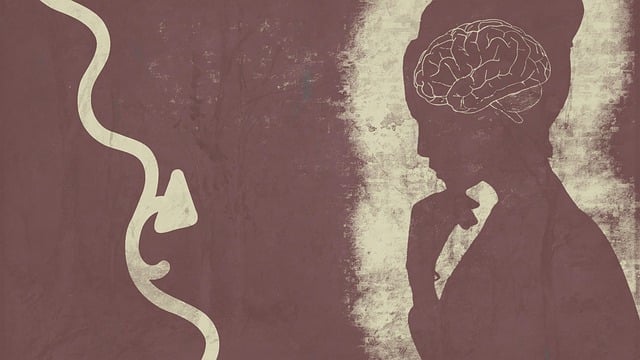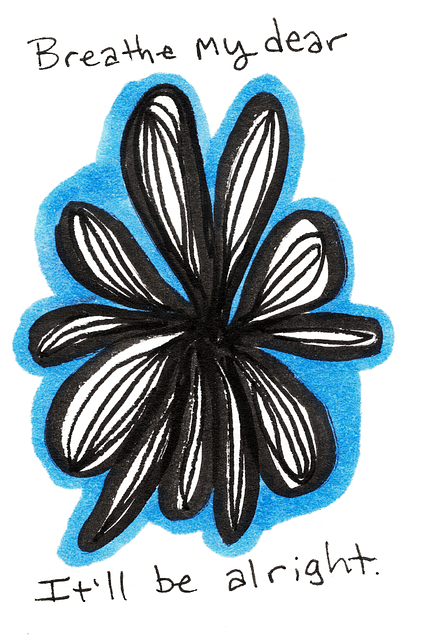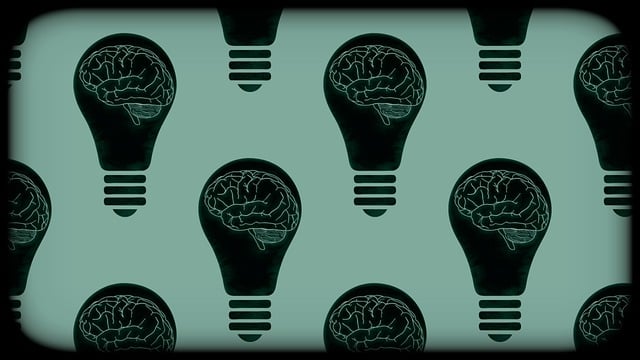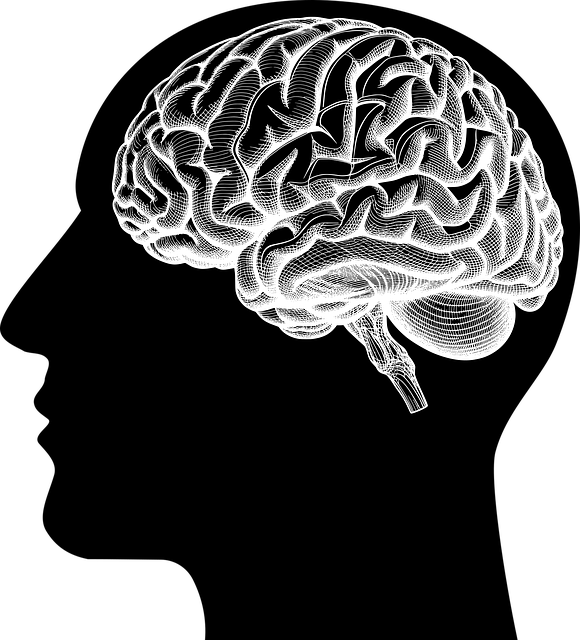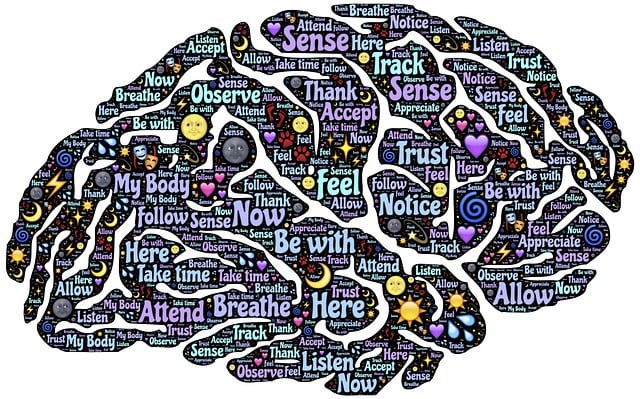Media portrayals significantly impact public understanding of mental illness, either perpetuating stereotypes or offering nuanced views. Inaccurate representations hinder help-seeking for serious conditions like Broomfield Child Abuse Therapy (BCAT). To combat this, initiatives like Depression Prevention programs and Stress Management Workshops aim to educate the public and mental health professionals on accurate mental health awareness, early intervention, improved access to treatment, and destigmatization. BCAT's therapeutic framework promotes positive media representation, challenging stereotypes associated with childhood trauma, and offering nuanced understanding and enhanced mood management skills in young minds. Collaboration between media producers and experts like BCAT professionals is crucial for realistic, stigma-reducing portrayals that foster understanding and encourage support seekers to find hope and help.
In today’s media-driven world, the portrayal of mental illness can significantly impact public perception and understanding. This article explores strategies to challenge negative stereotypes and foster accurate representation in popular media. We delve into the profound effects of media on mental health discourse, presenting the Broomfield Child Abuse Therapy Approach as a model for positive depiction. Furthermore, we offer practical solutions to enhance mental illness portrayals and emphasize the crucial role of collaboration between therapists, media professionals, and advocates in promoting nuanced and empathetic storytelling.
- Understanding the Impact of Media Portrayals on Mental Health Perception
- The Broomfield Child Abuse Therapy Approach: A Case for Positive Representation
- Strategies to Enhance Mental Illness Depictions in Popular Media
- Fostering Change: Collaborating with Media for Accurate Mental Health Communication
Understanding the Impact of Media Portrayals on Mental Health Perception

Media portrayals of mental illness can significantly shape public perceptions and understanding of various psychological conditions. The way mental health issues are represented in films, television shows, and news media can either perpetuate stereotypes or offer a more nuanced view, thus influencing how society views and treats individuals struggling with these challenges. For instance, consistent media portrayal of depression as a mere phase or weakness can undermine the severity of the condition, making it harder for those suffering from depression to seek Broomfield Child Abuse Therapy or other forms of professional help.
Accurate representation is crucial in promoting mental health awareness and reducing stigma. This is where initiatives like Depression Prevention programs and Stress Management Workshops Organization come into play, aiming to educate both the public and mental health professionals alike. By presenting a more realistic picture of mental illness, these efforts can facilitate early intervention, improve access to treatment, and ultimately foster a more supportive environment for those facing mental health challenges.
The Broomfield Child Abuse Therapy Approach: A Case for Positive Representation

The Broomfield Child Abuse Therapy (BCAT) Approach is a powerful framework that advocates for positive and accurate representation of mental illness in media. This therapeutic method recognizes the importance of challenging negative stereotypes often associated with childhood trauma and mental health struggles. By focusing on healing and empowerment, BCAT offers a refreshing perspective, encouraging a more nuanced understanding of individuals affected by such issues.
Through this approach, therapy sessions become a platform to build confidence and enhance mood management skills, especially in young minds. The method prioritizes crisis intervention guidance, ensuring that media portrayals reflect realistic strategies for coping with traumatic experiences. By showcasing these techniques, the Broomfield Child Abuse Therapy Approach aims to destigmatize mental health challenges and inspire hope for those seeking support.
Strategies to Enhance Mental Illness Depictions in Popular Media

To enhance mental illness representations in popular media, producers and creators must adopt nuanced strategies that move beyond simplistic stereotypes. One key approach involves collaborating with mental health professionals like those at Broomfield Child Abuse Therapy to ensure accurate portrayals. This includes consulting specialists for advice on symptom expression, treatment modalities, and the lived experiences of individuals dealing with various conditions. By integrating real-world insights into storylines, media can foster a deeper understanding and reduce stigma.
Additionally, incorporating compassion cultivation practices and stress reduction methods within narratives can humanize characters grappling with mental health issues. Portraying these individuals as complex, multi-dimensional people who employ healthy coping mechanisms sends a powerful message of hope and resilience. Moreover, risk management planning for mental health professionals featured in media should prioritize ethical representation, ensuring that sensitive content is handled responsibly to benefit both viewers and the mental health community at large.
Fostering Change: Collaborating with Media for Accurate Mental Health Communication

The media plays a significant role in shaping public perception about mental health, and its influence is powerful. To foster positive change, there’s a growing need for collaboration between mental health professionals, advocates, and media outlets. By actively engaging with the media industry, we can challenge stereotypes and promote accurate representation of various mental illnesses. This partnership can lead to more empathetic storytelling, ensuring that viewers receive reliable information about mental health concerns.
For instance, initiatives like those offered by Broomfield Child Abuse Therapy demonstrate the potential impact of such collaborations. They focus on providing resources and insights to media professionals, enabling them to depict mental health issues responsibly. Encouraging self-care routine development for better mental health, coping skills acquisition, and burnout prevention can be effectively communicated through media platforms, reaching a wide audience in need.
Media has a significant impact on shaping public perceptions of mental illness. By adopting approaches like the Broomfield Child Abuse Therapy, which promotes positive and accurate representations, we can challenge harmful stereotypes and foster understanding. Implementing strategic improvements in media depictions and collaborating with industry professionals are essential steps towards enhancing mental health communication. These efforts collectively contribute to creating a more inclusive and empathetic society, where mental illness is met with compassion rather than stigma.
